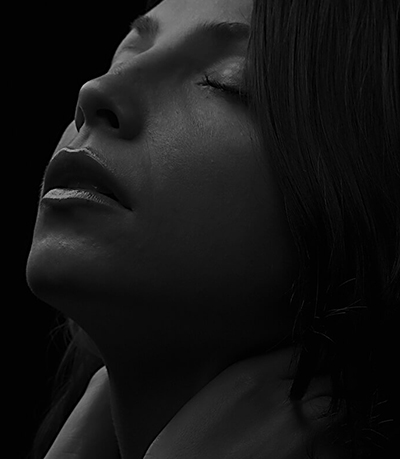What is picosecond pigment laser
Picosecond laser is a laser that targets pigment (melanin) produced by our skin. It has the ability to treat melanin in all skin types (including those with darker skin).
All lasers work by having tissue targets (chromophores) and the chromophore for picosecond laser is melanin, in other words, the light energy is preferentially absorbed by melanin. Traditional long pulsed lasers work by selectively heating up melanin to the point of damage. The body’s natural healing processes then remove the damaged melanin. However, the main drawback is that heat generated by long pulsed lasers can cause side effects such as post inflammatory hyperpigmentation in patients with darker skin types. This led ultimately to the development of picosecond lasers, which has a pulse duration in the order of a trillionth of a second (compared to a thousandth of a second). Picosecond lasers work via a different mechanism (photomechanical or photoacoustic), which makes it much safer for patients with darker skin types.
We have the Cutera Enlighten III TM laser. It has 3 wavelengths, 532nm, 670nm and 1064nm. This allows us to treat melanin at different depth in the skin. The photomechanical process also generates a light induced optical breakdown (LIOB) in the skin. This mechanism causes new collagen to be generated and this forms the basis of skin rejuvenation by PICO GenesisTM which we often utilise at the same time as the pigment removal procedure.
Who is a suitable candidate
There are several main categories of patients who would benefit from picosecond laser treatment.
Firstly, patients with pigment disorders such as uneven pigmentation from sun damage and benign pigmented lesions are amenable for treatment. Discrete lesions can be spot treated, and generalised pigment disorders such as melasma can be treated with PICO Genesis TM. It is important to keep in mind that topical treatment is considered first line for treatment of melasma.
Secondly, PICO Genesis TM is remarkably effective at skin rejuvenation, improving colour, texture and decreasing pore size, with minimal to no down time.
We use PICO Genesis FX TM to treat textural concerns such as acne scarring and wrinkles. This uses a microlens array (MLA) to fractionate the laser beam. This leads to collagen remodelling and improvement of textural changes in the skin.
What to expect
An initial consult and examination is essential for treatment planning.
Rarely do we use picosecond laser as a stand-alone treatment. Instead, it forms part of your overall treatment plan, alongside sun protection, prescription skin care and prescription medications. Other treatments modalities such as vascular laser or chemical peels may be incorporated in to the treatment plan as needed.
Pre-treatment with topical or oral medication is often required to reduce the risk of adverse outcomes, especially in patients with darker skin types.
More than one treatment is often required to deliver exceptional results, with maintenance treatment very popular to maintain the health of the skin.
Many of our skin rejuvenation patients who have had other laser treatments, such as Fraxel etc, in the past, are pleasantly surprised by how little down time and discomfort picosecond laser has compared to their previous treatment.
How are we unique
We are unique in that the entire patient journey is medically focused. Your initial assessment and treatment is performed by us doctors.
For pigment concerns and skin rejuvenation, we have a different approach compared with a non-medically trained therapist. The first and most important step is to come to a precise medical diagnosis and quantify the nature of your concern. This requires training, experience and we have additional technologies at our disposal to help us, such as dermoscopy and our specialised skin imaging systems.
We are ‘patient focused’ rather than ‘treatment focused’. As we have the full spectrum of treatment options at our disposal, we focus on tailoring the treatment planning according to what the patient needs, rather than having to make the patient conform to the treatments available.
Whilst the ‘laser’ machine being used is important, of even more importance is the operator, much like a skilful driver is needed to harness the power of a racing car. How the device is used, what parameters are chosen and the long-term treatment plan prescribed will determine the safety and efficiency of the treatment both in the short and longer term.
Do You Have A Question?
Please complete the form below and we will be in touch ASAP.


